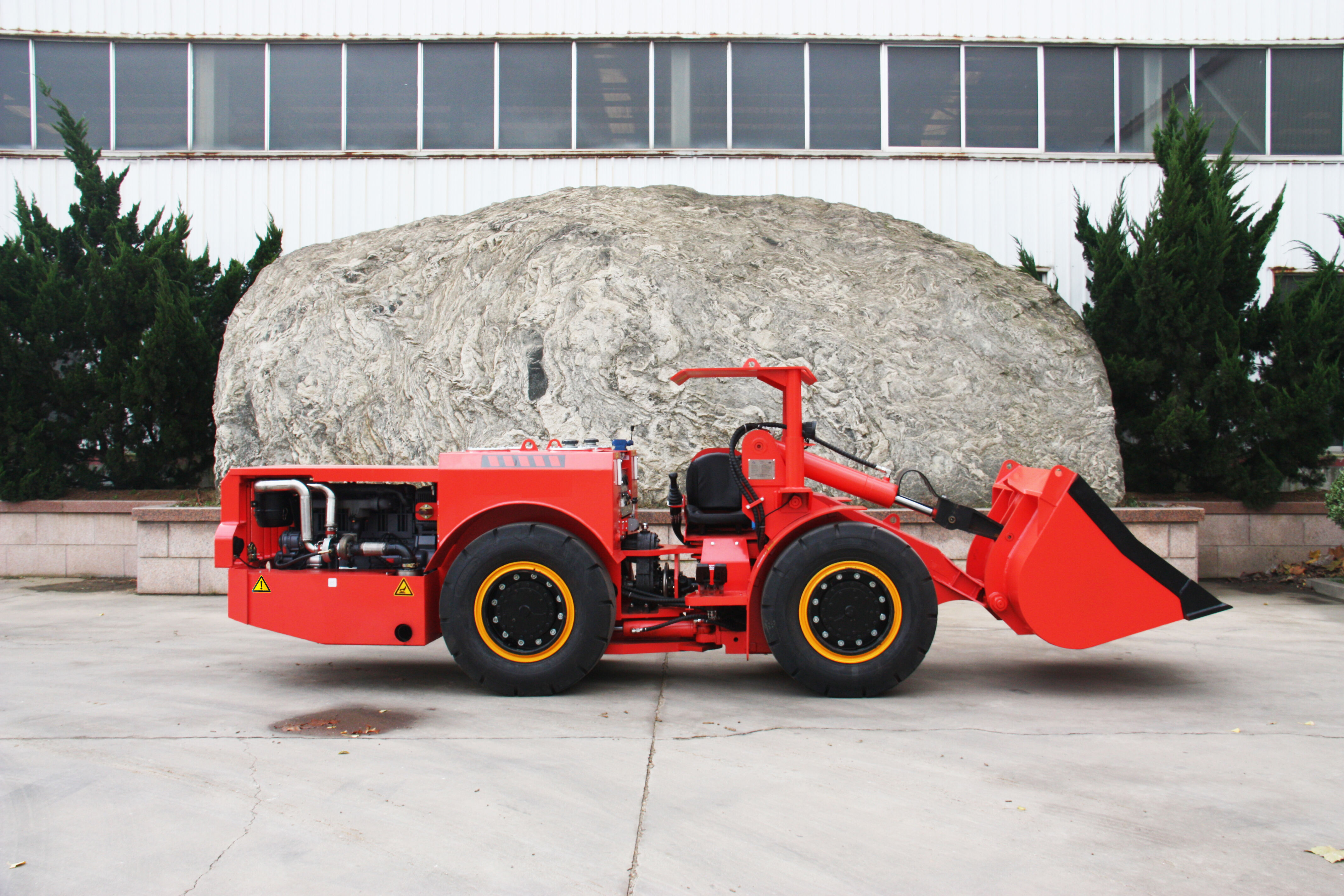Understanding Underground Loading Equipment Selection for Mining Operations
The success of underground mining operations heavily depends on selecting the appropriate underground loader that matches your tunnel specifications. Making the right choice can significantly impact productivity, safety, and operational costs. Underground loaders, also known as Load Haul Dump (LHD) machines, are essential workhorses in mining operations, responsible for moving thousands of tons of material efficiently through complex tunnel networks.
The relationship between tunnel dimensions and underground loader specifications is crucial for optimal performance. When the equipment is properly matched to the tunnel size, operations run smoothly, maintenance costs decrease, and worker safety improves. This comprehensive guide will help you navigate the selection process and ensure you choose the most suitable underground loader for your specific tunnel requirements.
Key Factors in Underground Loader Selection
Tunnel Dimension Analysis
Before selecting an underground loader, conducting a thorough analysis of your tunnel dimensions is essential. This includes measuring not only the height and width but also considering irregular surfaces, support structures, and ventilation systems. The loader must have adequate clearance on all sides while maintaining safe operating distances.
Modern underground loaders typically require a minimum tunnel height of 2.5 meters and width of 3 meters, though requirements vary by model and manufacturer. Remember to account for dynamic clearance needs during turning and maneuvering operations, as well as any ground conditions that might affect the effective tunnel dimensions.
Load Capacity Requirements
The payload capacity of your underground loader must align with your production targets while considering the tunnel size constraints. Larger capacity machines can move more material per cycle, but they require wider tunnels and turning radiuses. Finding the right balance between capacity and maneuverability is crucial for operational efficiency.
Consider factors such as material density, hauling distance, and cycle times when determining the optimal load capacity. An oversized loader might offer higher theoretical productivity but could struggle with mobility in confined spaces, ultimately reducing actual performance.
Technical Specifications and Performance Considerations
Power and Propulsion Systems
The power system of an underground loader must be matched to both the tunnel environment and operational requirements. Electric loaders are gaining popularity due to their zero emissions and lower heat generation, making them ideal for deep tunnels with ventilation constraints. Diesel-powered units offer greater mobility but require robust ventilation systems.
Consider the grade of tunnels and required pushing power when evaluating engine specifications. The loader must have sufficient power to maintain productivity on inclines while carrying full loads, without compromising stability or safety.
Maneuverability Features
Articulated steering systems are standard in underground loaders, but the turning radius and articulation angle must be appropriate for your tunnel layout. Advanced features like automatic bucket leveling and ride control can significantly improve operating efficiency in confined spaces.
Modern underground loaders often incorporate sophisticated control systems that help operators maintain precise movements in tight spaces. These systems can include cameras, proximity sensors, and automated functions that enhance both safety and productivity.

Safety and Maintenance Accessibility
Operator Protection Systems
Safety features must never be compromised, regardless of tunnel size constraints. ROPS (Roll Over Protection Structure) and FOPS (Falling Object Protection Structure) certifications are essential, but their implementation must not impede the loader's ability to operate within the tunnel dimensions.
Emergency exit systems, fire suppression equipment, and operator visibility solutions should be carefully evaluated. The loader must provide adequate protection while maintaining operational efficiency in confined underground spaces.
Service Access Requirements
Maintenance access is a critical consideration when matching underground loaders to tunnel sizes. Service points must be easily accessible within the confined space of the tunnel, and components requiring regular maintenance should be reachable without specialized equipment or tunnel modifications.
Consider the space needed for routine maintenance tasks and potential component replacement. Some modern underground loaders feature modular designs that facilitate maintenance in restricted spaces, reducing downtime and improving safety for maintenance personnel.
Future Adaptability and Investment Considerations
Scalability Options
When selecting an underground loader, consider potential changes in your mining operation. Choose equipment that can accommodate future tunnel modifications or production increases without requiring premature replacement. Some manufacturers offer modular attachment systems that allow loaders to be adapted for different applications.
Consider the potential for tunnel expansion or modification in your long-term planning. A loader that operates near its maximum size limitations in current tunnels may become obsolete if operations expand or change.
Technology Integration Capabilities
Modern underground loaders increasingly incorporate advanced technology systems for monitoring, automation, and fleet management. Ensure your selection can accommodate future technological upgrades while maintaining compatibility with existing tunnel infrastructure.
Look for machines that offer upgradeability for autonomous operations, remote control capabilities, and integration with mine management systems. These features can significantly enhance operational efficiency and safety in underground environments.
Frequently Asked Questions
What is the minimum tunnel width needed for safe loader operation?
The minimum tunnel width typically needs to be at least 1.5 times the width of the underground loader, allowing for safe clearance on both sides. This ensures adequate space for ventilation, utilities, and safe passage of personnel. However, specific requirements may vary based on local regulations and operational needs.
How do electric underground loaders compare to diesel models for confined spaces?
Electric underground loaders often provide advantages in confined spaces due to their zero emissions, reduced heat generation, and quieter operation. They typically require less ventilation infrastructure, which can be beneficial in smaller tunnels. However, they may need charging stations and have limited range compared to diesel models.
What are the key maintenance considerations for underground loaders in restricted tunnels?
Regular maintenance of underground loaders in restricted tunnels requires careful planning for access to key components. Critical considerations include daily inspection points, fluid level checks, and component replacement procedures. Ensure maintenance areas have adequate lighting and ventilation, and consider modular designs that facilitate repairs in confined spaces.

